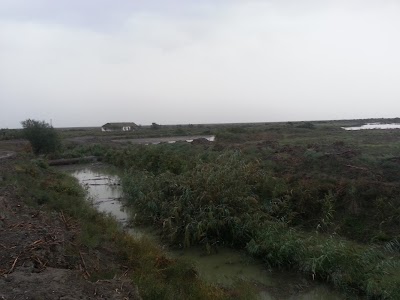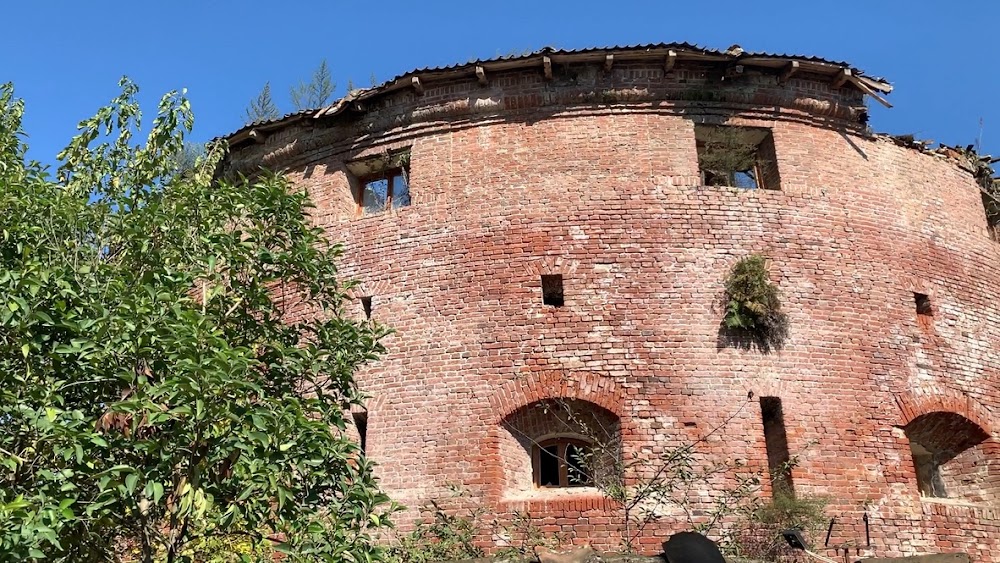Lankaran Fortress (Lənkəran Qalası)
Overview
The **Lankaran Fortress**, an emblem of architectural grandeur, proudly resides in the city of Lankaran within Azerbaijan's Lankaran District. This remarkable structure, rich in historical significance, exemplifies military architecture that has safeguarded the region for centuries.
Constructed in the **18th century** during the reign of the Talysh Khanate, the fortress was commissioned by Mirza Muhammad Khan around 1747. Its strategic location near the Caspian Sea made it a vital defensive stronghold against invading forces, a testament to its importance in regional security.
Built primarily from bricks and reinforced with local materials, the Lankaran Fortress features a **rectangular design** with extended bastions at its corners. These bastions provided defenders with the vantage point necessary to detect and engage enemy forces from a distance. The thick, towering walls offered formidable resistance against both artillery and infantry assaults, ensuring the fortress's resilience in times of conflict.
One of the most striking elements of the fortress is its **entrance gate**, meticulously crafted to function as both an inviting entryway and a robust defensive barrier. Flanked by watchtowers, this area allowed soldiers to monitor the approaching roads, enhancing the fortress's security. The intricate carvings and inscriptions adorning the gate reflect the artistic influences of the era, adding a layer of cultural richness to the structure.
Inside the fortress, essential facilities for long-term defense and habitation included **living quarters, storage rooms, and barracks** for soldiers. These spaces housed armories for weapons and ammunition, granaries for food supplies, and even a well to ensure a continuous water source—a critical resource during prolonged sieges.
The construction techniques employed were advanced for their time, showcasing the skill of local craftsmen who used readily available natural resources like clay and limestone to create durable bricks. This thoughtful blending of materials not only granted structural integrity but also ensured that the fortress could withstand the harshest weather conditions.
To adapt to the technological advancements of the period, builders incorporated **gun slits and cannon openings** into the walls, allowing defenders to efficiently utilize firearms. These innovations represented a significant evolution from earlier fortifications, which primarily focused on melee combat resistance.
Over the years, the fortress played a crucial role in numerous military conflicts, notably during the **Russo-Persian wars** in the 19th century. Despite enduring various sieges and attacks, its robust construction and strategic design allowed it to remain a steadfast stronghold.
However, as warfare technology progressed and geopolitical dynamics shifted, the fortress gradually lost its military significance. By the mid-19th century, it transitioned from a defensive structure to a historical monument, prompting preservation efforts to maintain its architectural and historical integrity.
Today, the Lankaran Fortress stands as a **cherished landmark** in Azerbaijan, attracting visitors eager to explore its impressive architecture and delve into its rich history. This fortress not only serves as a testament to Azerbaijan's storied past but also highlights the region's architectural ingenuity and cultural heritage, making it a must-visit for history enthusiasts and travelers alike.






